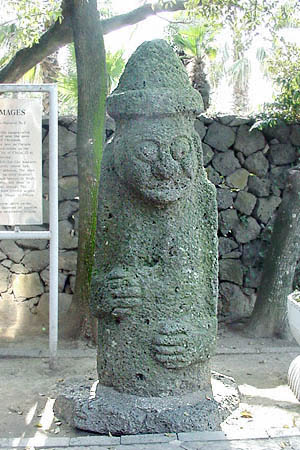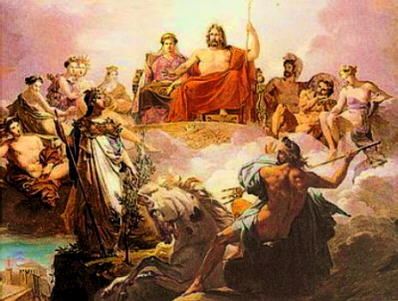 A mountain range in Western China, believed to be a Taoist paradise. It is one of the ten continents and three islands in Taoist cosmology, and is said to be three (or nine) stories high. Whoever manages to climb to the top gains access to the heavens. It also extends three (or nine) stories below the Earth, thereby connecting the subterranean watery realm of the dead with the realm of the gods.
A mountain range in Western China, believed to be a Taoist paradise. It is one of the ten continents and three islands in Taoist cosmology, and is said to be three (or nine) stories high. Whoever manages to climb to the top gains access to the heavens. It also extends three (or nine) stories below the Earth, thereby connecting the subterranean watery realm of the dead with the realm of the gods.
The first to visit this paradise was King Mu of Zhou. He discovered there the palace of Huang-di and erected a stone memorial. He was then received by the goddess Xi Wang-mu, the Royal Mother of the West, who has her abode in these mountains. The lakes found in the parks of Kun-lun City are plenished by yellow water known as cinnabar (tan). Whoever drinks it becomes immortal.

 This myth tells of the first settlement on Cheju Island, located off the southern coast of the Korean Peninsula. In the beginning, before any people roamed the land, three demi-gods (Yangeulla, Koeulla, Pueulla) emerged from the ground. They wandered through the land and hunted, making clothes from the skins and subsisting on the meat.
This myth tells of the first settlement on Cheju Island, located off the southern coast of the Korean Peninsula. In the beginning, before any people roamed the land, three demi-gods (Yangeulla, Koeulla, Pueulla) emerged from the ground. They wandered through the land and hunted, making clothes from the skins and subsisting on the meat. by Dr Alena Trckova-Flamee, Ph.D.
by Dr Alena Trckova-Flamee, Ph.D.




























